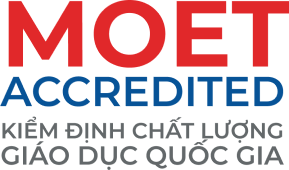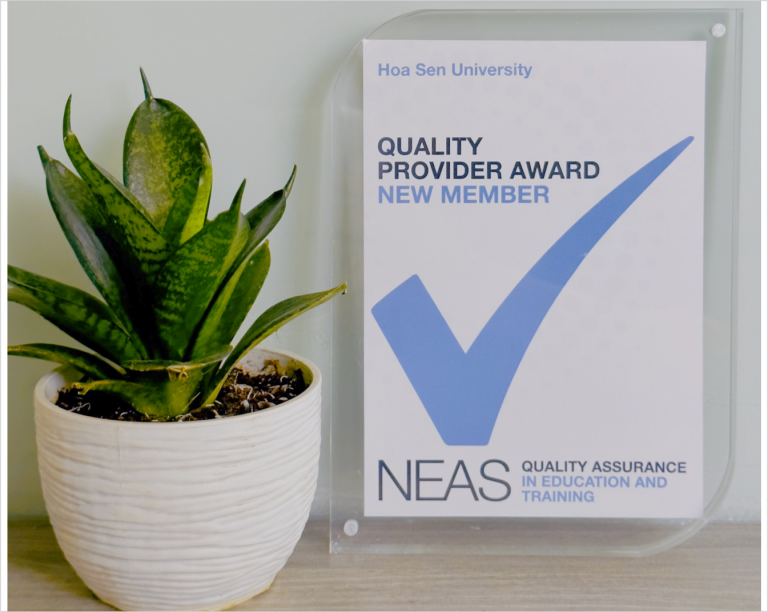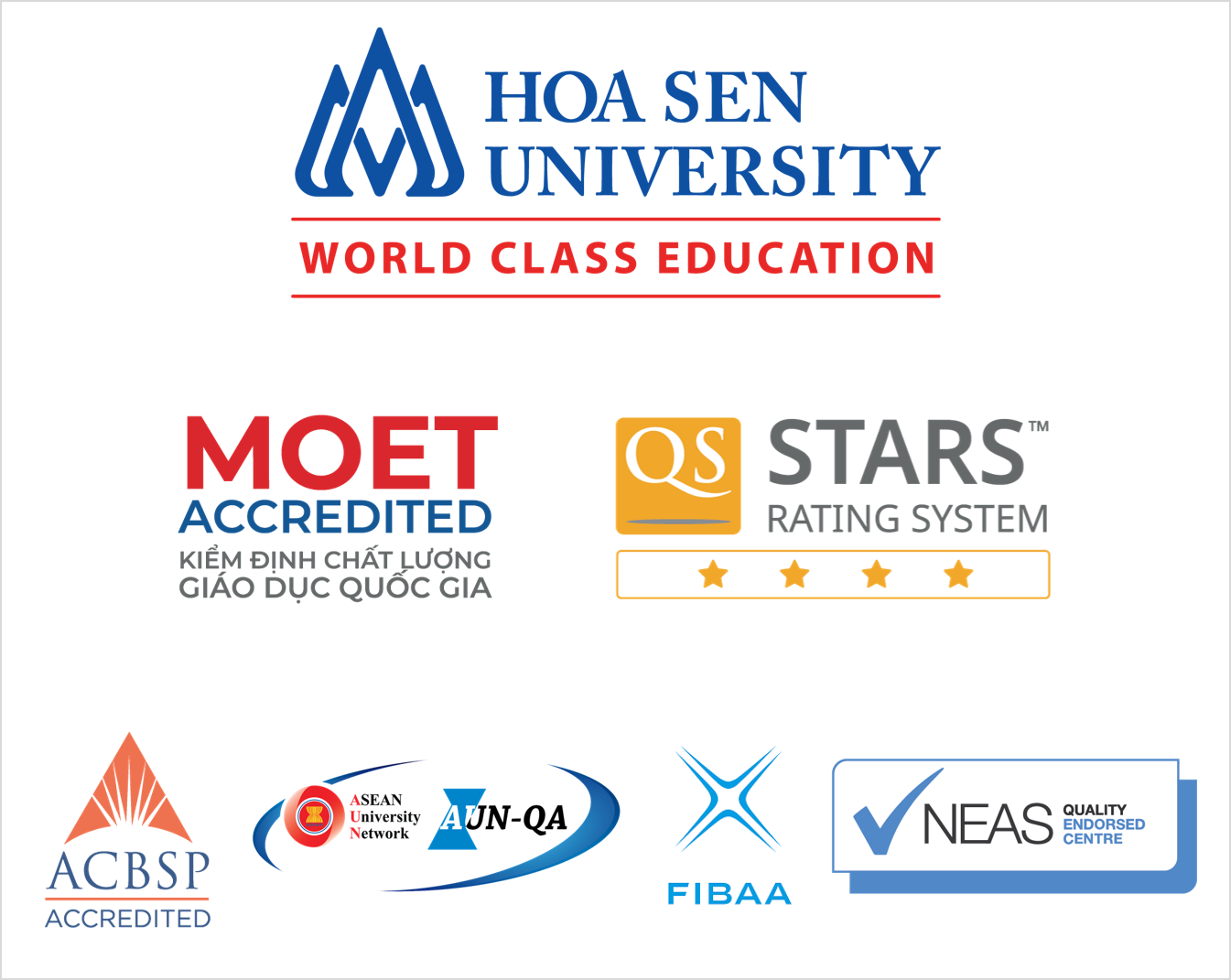Quality Accreditation: The Difficult Start
Over the past three decades, the increasing demand for accountability and training effectiveness in higher education globally has led to the widespread adoption of quality accreditation as a key tool in both developed and developing educational systems.
A Worldwide Movement
Accreditation is described as “the process by which a (non-) governmental or private body evaluates the quality of a higher education institution as a whole or of a specific educational programme in order to formally recognize it as having met certain pre-determined minimal criteria or standards” (Vlăsceanu, Grunberg et al. 2007, pp. 25).
First emerging in the United States at the end of the 19th century, quality accreditation has rapidly become a global standard for ensuring the quality of higher education. The mid-1990s saw a surge in the adoption of quality accreditation across various countries, with early adopters including Eastern European nations such as Albania, Bulgaria, Hungary, and Romania. Meanwhile, well-established educational systems in European countries like the Netherlands, Belgium, and Germany have long embraced quality accreditation. This trend has also taken hold in Latin American and Gulf countries, including Oman, Kuwait, Qatar, Saudi Arabia, Chile, and throughout Asia.
In the Asia and Pacific regions, quality accreditation is universally implemented across countries from Australia to Japan, South Korea, China, India, Thailand, Indonesia, Malaysia, Brunei, Laos, and Cambodia. Remarkably, Southeast Asia has developed its own quality accreditation framework known as AUN-QA, specifically tailored for universities in that region. Additionally, African nations such as Kenya and South Africa have adopted quality accreditation practices.
For global researchers and practitioners in the field of higher education quality assurance, quality accreditation serves as a critical tool to boost the accountability of educational institutions. However, its overall impact and effectiveness on enhancing educational quality are still under examination. Despite its broad application, quality accreditation has faced criticism for potentially fostering negative outcomes, including resistance within the academic community in many developed countries. Critics argue that quality accreditation may inadvertently encourage a culture of conformity and compliance, potentially stifling innovation and quality improvement. Furthermore, quality accreditation is often seen as overly bureaucratic, adding layers of administrative burden. Despite these criticisms, quality accreditation remains the most comprehensive framework available, without any immediate alternatives. Consequently, governments worldwide continue to rely on quality accreditation for the oversight of higher education quality. Nevertheless, it’s important to acknowledge that authorities in countries such as the US, Australia, and the Netherlands are proactively refining and rigorously evaluating their quality accreditation systems to address any flaws and enhance their effectiveness progressively.
Vietnam: Facing Early Challenges in Quality Accreditation
Since the Educational Testing and Quality Accreditation Agency was founded under the Ministry of Education and Training in 2003, Vietnam has been experimenting with qualityaccreditation in higher education as a governmental tool to ensure the quality of university education since 2005. A landmark achievement of this pilot program by 2009 was the introduction of external assessment for 40 leading universities. The program’s most notable success was establishing a set of assessment criteria and a comprehensive quality accreditation process for higher education institutions, developed with insights from Dutch quality accreditation experts and inspired by the systems in the USA and the Netherlands.
In the following period, from 2014 to early 2016, the Ministry of Education and Training set up four supposedly independent quality accreditation centers. In the context of developed nations, ‘independence’ means the capacity to assess and make decisions on quality accreditation autonomously, without external influence from any side, including government or educational bodies. Of these centers, three were based at the National Universities in Hanoi, Ho Chi Minh City, and the University of Danang, with another under the Association of Vietnamese Universities and Colleges. The Ministry also established regulations for the training and certification of quality accreditation assessors. To date, these centers have conducted multiple training sessions for assessors and begun accepting applications from educational institutions for external assessment. However, given the sheer number of around 450 universities and colleges, plus vocational schools overseen by the Ministry of Labor, War Invalids, and Social Affairs, these four centers are overwhelmed and unable to meet the full demand for quality accreditation across all institutions.
From 2009, following the end of the second pilot phase, to 2016, the majority of universities and colleges had carried out self-assessment and submitted their self-assessment reports to the Ministry of Education and Training. Yet, no further institutions underwent external assessment, leaving them unaccredited.
The inexplicable and extended delays in rolling out the national quality accreditation system have rendered the mandatory quality accreditation compliance for universities and colleges, as dictated by the Education Law of 2005 and 2009, somewhat superficial. This is largely because sanctions cannot be effectively applied to institutions that postpone or sidestep quality accreditation without a complete cycle of assessment across the system. These delays, regardless of their causes, have substantially undermined confidence in the policy and dampened the enthusiasm and commitment of institutions to engage in quality accreditation processes.
Exploring the Dual Aspects of Quality Accreditation
Quality Accreditation fundamentally acts as a mandate from governmental management bodies to educational institutions. The centralized management approach and a prevailing culture of compliance continue to drive organizational behaviors, making changes in quality accreditation activities at educational institutions more obligatory than voluntary. Institutions are thus required to engage with quality accreditation and conform to its established standards. While this enforced compliance facilitates significant learning about management and organizational strategies within institutions, it also limits the scope of learning and improvement to the confines of the quality accreditation body’s criteria and standards. Observations from other countries indicate that such learning and improvement are most pronounced during the initial accreditation cycle, with a notable decrease in subsequent cycles.
It is essential to recognize that quality accreditation serves as a prerequisite rather than an assurance of improved educational quality. Quality accreditation focus on assessing the ‘fitness for purpose’ rather than the inherent quality, indicating that the participation of all universities and colleges in quality accreditation does not automatically ensure or enhance the quality of higher education in Vietnam.
Quality accreditation itself is subject to the PDCA (Plan-Do-Check-Act) cycle of quality management, necessitating adjustments in its design, methodology, and processes to rectify identified shortcomings. For instance, the Netherlands embarked on quality accreditation implementation in 2003, a couple of years prior to Vietnam, and achieved system-wide quality accreditation in three years, albeit with a smaller educational system. Following two cycles of quality accreditation, the Netherlands undertook significant revisions to enhance their quality accreditation framework.
Conversely, Australia initially adopted a quality assessment (audit) approach before transitioning to quality accreditation in 2011, implementing substantial modifications from the original U.S. quality accreditation model. The U.S., as the progenitor of quality accreditation, has also made numerous modifications over the years to amend the tool’s deficiencies.
The quality accreditation framework we aim to develop today is fundamentally based on a model that is 10-15 years old. It’s critical to underline that Vietnam’s initiation of quality accreditation in 2005, albeit slightly later than some other countries, was not excessively delayed. Nevertheless, 12 years on, the effort to complete the first accreditation cycle for universities and colleges indicates a notable lag, underscoring the challenges in keeping pace with global standards.
Author: Do Thi Ngoc Quyen/ Tia Sang
The author of the article is an independent education researcher who completed her Master’s degree in Educational Effectiveness and School Improvement at the University of Groningen, Netherlands, and earned her Ph.D. in Higher Education Research at the University of Melbourne, Australia. She has held the position of Director of the Quality Assurance Center at the University of Economics, Vietnam National University, Hanoi, and Head of the Education Research Department at the Institute of Quality Assurance, Vietnam National University, Hanoi. Her research areas of expertise include: effective educational models in secondary and higher education; quality assurance: accreditation, benchmarking, and ranking; university management; and M&E – Monitoring and Evaluation.
Source of the article: access here












